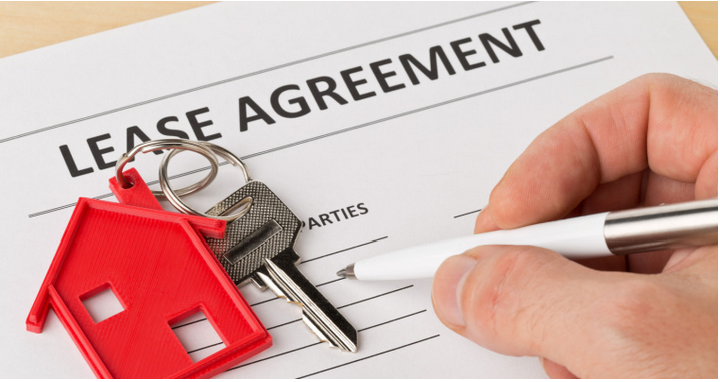Drafting and discussing a minnesota rental lease agreement demands careful attention to detail to ensure that the legal rights and responsibilities of both landlords and renters are plainly defined and legally enforceable. Here are some ideas to assist you get around this technique successfully:
1. Use a Consistent Hire Kind: By using a standard lease contract type authorized by the Minnesota Division of Commerce will help make sure that your lease contract contract conforms with state legal guidelines. These forms typically consist of all the required procedures and disclosures needed by regulation.
2. Change the Lease contract to the Demands: While standard lease varieties supply a firm foundation, it’s important to change the arrangement to put the particular terms and conditions of your hire set up. This can incorporate specifying rent payments portions, lease contract duration, dog insurance policies, as well as other relevant particulars.
3. Clearly Establish Commitments: Obviously outline the responsibilities of both property owner and tenant concerning maintenance, repairs, utilities, along with other aspects of the tenancy. This will help to stop misunderstandings and disputes down the line.
4. Involve Provisions to rent Raises: Should you foresee lease improves throughout the rent word, include procedures specifying the the right time and problems under which these boosts may happen. State regulations may implement constraints in the frequency and amount of rent payments improves, so make sure you seek advice from related statutes.
5. Address Protection Put in Managing: Clearly condition the quantity of the security downpayment, the circumstances for its return, as well as any reductions that may be made for damages beyond standard wear and tear. Minnesota law needs landlords to deliver renters using a published outline of the deductions within 3 weeks of rent termination.
6. Expect Probable Quarrels: Involve procedures for dealing with quarrels involving the property owner and tenant, for example mediation or arbitration clauses. Evidently describe the treatments for question image resolution to lessen the likelihood of costly and time-eating lawsuits.
7. Comply with Legal Disclosures: Make sure that your hire deal consists of all legally essential disclosures, like specifics of direct-based painting hazards, as well as the legal rights and commitments of both landlords and tenants under state law. Malfunction to offer these disclosures can lead to lawful penalty charges.
8. Look at the Rent with Authorized Advise: Just before completing the rent arrangement, look at having it evaluated from a skilled lawyer acquainted with landlord-renter legislation in Minnesota. Legal advice may help recognize any prospective stumbling blocks or aspects of problem and be sure that the deal is legally sound.
9. Discuss in Good Belief: Technique lease contract discussions having a character of cohesiveness and goodwill, aiming to reach mutually acceptable terms that advantage both parties. Be open to affect and ready to go over issues or needs increased from the other party.
10. Obtain Signatures and Keep Information: When the lease agreement is finished, guarantee that all events indication and time the record, and provide each party having a backup for their information. Trying to keep comprehensive data will help protect your passions in case of any quarrels or issues.
In conclusion, drafting and negotiating a residential lease contract in Minnesota needs attention to fine detail, crystal clear communication, and concurrence with appropriate rules. By using these guidelines and trying to find lawful assistance as required, landlords and tenants can produce a complete and enforceable lease contract agreement that lays the cornerstone for any effective rental connection.
